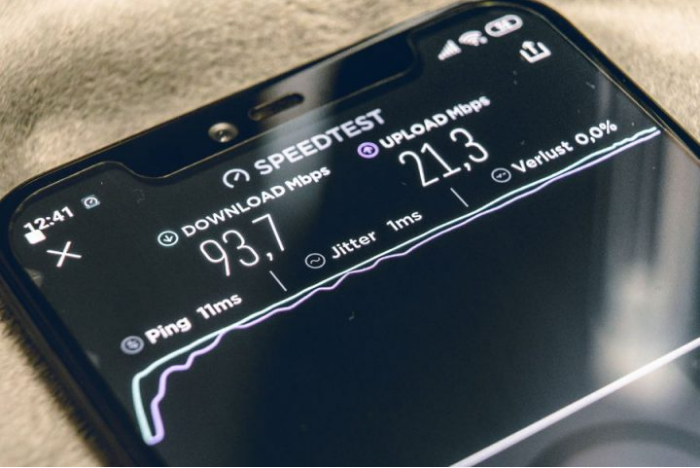Products Category
- FM Transmitter
- 0-50w 50w-1000w 2kw-10kw 10kw+
- TV Transmitter
- 0-50w 50-1kw 2kw-10kw
- FM Antenna
- TV Antenna
- Antenna Accessory
- Cable Connector Power Splitter Dummy Load
- RF Transistor
- Power Supply
- Audio Equipments
- DTV Front End Equipment
- Link System
- STL system Microwave Link system
- FM Radio
- Power Meter
- Other Products
- Special for Coronavirus
Products Tags
Fmuser Sites
- es.fmuser.net
- it.fmuser.net
- fr.fmuser.net
- de.fmuser.net
- af.fmuser.net ->Afrikaans
- sq.fmuser.net ->Albanian
- ar.fmuser.net ->Arabic
- hy.fmuser.net ->Armenian
- az.fmuser.net ->Azerbaijani
- eu.fmuser.net ->Basque
- be.fmuser.net ->Belarusian
- bg.fmuser.net ->Bulgarian
- ca.fmuser.net ->Catalan
- zh-CN.fmuser.net ->Chinese (Simplified)
- zh-TW.fmuser.net ->Chinese (Traditional)
- hr.fmuser.net ->Croatian
- cs.fmuser.net ->Czech
- da.fmuser.net ->Danish
- nl.fmuser.net ->Dutch
- et.fmuser.net ->Estonian
- tl.fmuser.net ->Filipino
- fi.fmuser.net ->Finnish
- fr.fmuser.net ->French
- gl.fmuser.net ->Galician
- ka.fmuser.net ->Georgian
- de.fmuser.net ->German
- el.fmuser.net ->Greek
- ht.fmuser.net ->Haitian Creole
- iw.fmuser.net ->Hebrew
- hi.fmuser.net ->Hindi
- hu.fmuser.net ->Hungarian
- is.fmuser.net ->Icelandic
- id.fmuser.net ->Indonesian
- ga.fmuser.net ->Irish
- it.fmuser.net ->Italian
- ja.fmuser.net ->Japanese
- ko.fmuser.net ->Korean
- lv.fmuser.net ->Latvian
- lt.fmuser.net ->Lithuanian
- mk.fmuser.net ->Macedonian
- ms.fmuser.net ->Malay
- mt.fmuser.net ->Maltese
- no.fmuser.net ->Norwegian
- fa.fmuser.net ->Persian
- pl.fmuser.net ->Polish
- pt.fmuser.net ->Portuguese
- ro.fmuser.net ->Romanian
- ru.fmuser.net ->Russian
- sr.fmuser.net ->Serbian
- sk.fmuser.net ->Slovak
- sl.fmuser.net ->Slovenian
- es.fmuser.net ->Spanish
- sw.fmuser.net ->Swahili
- sv.fmuser.net ->Swedish
- th.fmuser.net ->Thai
- tr.fmuser.net ->Turkish
- uk.fmuser.net ->Ukrainian
- ur.fmuser.net ->Urdu
- vi.fmuser.net ->Vietnamese
- cy.fmuser.net ->Welsh
- yi.fmuser.net ->Yiddish
5G Technology Is Around The Corner. Here Is An Overview

One of the most important and crucial sub-domains of electronics technology is communications technology. Mobile networks, internet, radio communication, television networks, and radar systems, all fall under the umbrella of communications technology. Mobile communications and internet have gained the status of basic life commodities in modern societies.
Generations of mobile networks
With the latest advancements in the cellphone related technologies, the demand for faster cellular networks with higher data transfer rates has been growing very strong. Whether it is social media sharing, instant messaging, video streaming or file downloading, a fast internet connection is an absolute must. This demand for faster and cheaper internet has been forcing the telecom operator companies to constantly improve their network infrastructure in order to meet the needs of the users. To measure the pace of growth in the arena of network technologies, it is important to take a look at the history of these technologies.
1G mobile communication technology
The first generation of mobile communication network was implemented in Japan in the early 1980s. This generation of mobile communication technology utilized analog radio systems for making mobile calls. Due to its analog nature, this system was unable to send any text messages or other digital data. The cellular network was composed of large-sized radio towers across the nation. The major shortcomings of the 1G network included lack of network security and reliability. The signal coverage of these networks was quite limited and network reception was a persistent issue. The 1G network also didn’t have any kind of data encryption. Hence, it was quite easy to tamper with and to hack the system.
2G mobile communication technology
3G mobile communication technology
4G mobile communication technology
5th generation mobile network technology
5G technology features and capabilities
5G network speeds and data rates
Right now, the 5G technology is still in the nascent phase and requires proper implementation in order to measure the accurate system performance and speed characteristics. However, some simulation-based estimations have been done for the 5G networks which provide us with a glimpse of the traits of this technology. According to a simulation performed in Frankfurt, Germany, a nine-fold increase in the median speed was observed. This performance is comparable to the performance of fixed FTTP (fiber to the premise) networks. Another simulation performed in San Francisco indicated a 20-fold increase in the median speed. With such high network speeds, the scale of the increase in mobile computing power can hardly be imagined. Mobile computing power at this level would open up the pathways for all types of IOT, AI, ML and smart connected applications.
5G network capacity and latency
The time delay in data communication process is known as latency. User experience is directly affected by network latency. If a webpage takes long time to load then it degrades the user experience. Reduction of latency is one of the primary motives for the development and installation of new network infrastructure. Low latency rate means faster video streaming, webpage loading, download speed, and social media surfing. The 5G network technology promises latency rates as low as one millisecond. For comparison, the typical latency rate of 4G networks is around 50 milliseconds at present. Hence, 5G networks will offer significantly faster data rates and lower latency rates than 4G networks.
Applications of 5G technology
Cloud computing
Artificial Intelligence
Internet of Things
Big data analytics
Augmented reality
Machine learning
Autonomous vehicles
Collaborative robots
Cyber physical systems
Potential hazards of 5G technology
There are concerns that the millimeter wave spectrum frequency used in 5G technology is dangerous to human health. In order to achieve higher data rates, the 5G technology uses ultra high frequency radio waves. According to the critics, these high frequency waves are harmful for the health. However, these concerns are not new and have been around since the beginning of wireless communication systems.
According to the experts, the radio waves used in 5G networks are basically low energy waves as opposed to the X-rays and gamma rays which are high energy radiation. Due to this reason, these waves are generally considered to be safe and pose no imminent threat to the health. However, proper research needs to be done on the high frequency waves used in 5G networks in order to verify their safety. 5G networks are not fully implemented yet and are largely in the testing phase. Hence, nothing can be conclusively said about the effect of these networks on human health.





